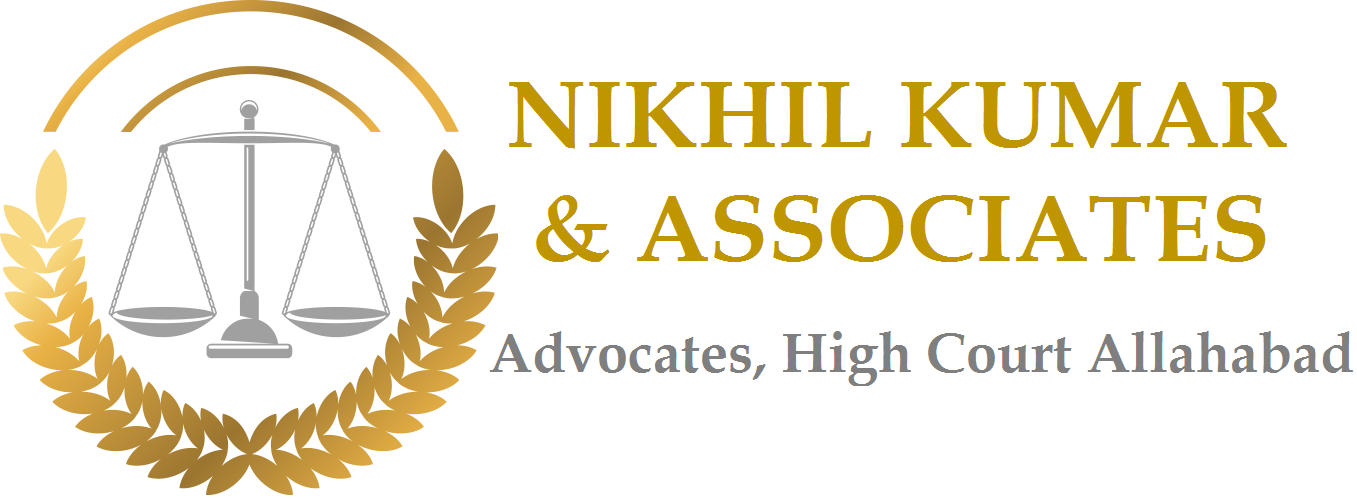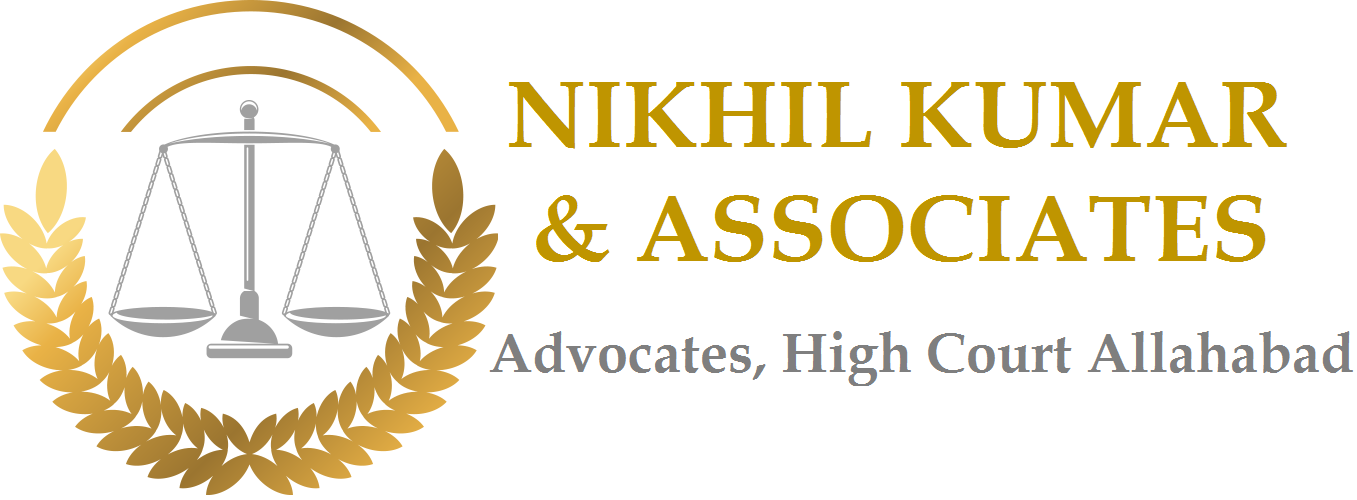
The U.P. Gangster and Anti-social Activities (Prevention) Act 1986 (“Gangster Act 1986”) was enacted with the aim and objective of crafting special provisions for coping with the menace of gangsters and anti-social activities. This statute was enacted with the gangster menace in Uttar Pradesh kept in mind.
Section 3 of the Act provides for penalty for a Gangster, viz. imprisonment not less than 2 years but may extend to 10 years, and a fine which shall not be less than Rs. 5000/-. A First Information Report is lodged against a Gangster under Section 3 of the Act, along with the corresponding provision, as applicable, under Section 2(b) of the Act. Section 2(b) provides for predicate offence undertaken by the Gang to which such gangster belongs. A First Information Report is registered under the Gangster Act 1986 under Section 3 of the Act along with the corresponding provision under Section 2(b) of the 1986 Act.
In 2021, the U.P. Gangster and Anti-social Activities (Prevention) Rules 2021 (“2021 Rules”) were promulgated. These rules laid down the stringent provisions for the preparation of the Gang Chart, approval of the Gang Chart, and Registration of the First Information Report. The Hon’ble Allahabad High Court has interpreted these rules to be strictly construed.
Whether a case under the Gangster Act be registered based on a sole criminal case?
The short answer to the question is, “Yes”.
This has been upheld in Ritesh Kumar @Rikki vs. State of U.P. and another, and Arjun vs. State of U.P. and 2 others by the Allahabad High Court, and in Shraddha Gupta vs. State of U.P. and others by the Hon’ble Supreme Court. The response to this question has been succinctly captured in Shraddha Gupta (supra) and the same is reproduced as follows:
“ Now so far as the main submission on behalf of the accused that for a single offence/ FIR/ chargesheet with respect to any of the anti-social activities, such an accused cannot be prosecuted under the Gangsters Act, 1986 is concerned, on a fair reading of the definitions of ‘Gang’ and ‘Gangster’ under the Gangsters Act, 1986, it can be seen that a ‘Gang’ is a group of one or more persons who commit/s the crimes mentioned in the definition clause for the motive of earning undue advantage, whether pecuniary, material or otherwise. Even a single crime committed by a ‘Gang’ is sufficient to implant Gangsters Act on such members of the ‘Gang’. The definition clause does not engulf plurality of offence before the Gangsters Act is invoked.”
What are some of the important rules for the preparation of a Gang Chart?
Rule 5(3) of the 2021 Rules provides for provisions which need to be complied with in respect of Gang Chart. The same is reproduced below:
“(3) The following provisions shall be complied with in respect of gang-charts:
- The gang-chart will not be approved summarily but after due discussion in a joint meeting of the Commissioner of Police/ District Magistrate/ Senior Superintendent of Police/ Superintendent of Police.
- There may be no gang of one person but there may be a gang of known and other unknown persons and in that form the gang-chart may be approved as per the rules.
- The gang-chart shall not mention those cases in which acquittal has been granted by the Special Court or in which the final report has been filed after the investigation. However, the gang-chart shall not be approved without the completion of investigation of the base case.
- Those cases shall not be mentioned in the gang-chart, on the basis of which action has already been taken once under this Act.
- A separate list of criminal history, as given in Form No.-4, shall be attached with the gang-chart detailing all the criminal activities of that gang and mentioning all the criminal cases, even if acquittal has been granted in those cases or even where final report has been submitted in the absence of evidence.
What if the corresponding provision is not mentioned in the First Information Report?
In the case of Asim @Hassim vs. State of U.P. and another, it was held that:
“9. In the present case, the impugned F.I.R. was registered u/s 3(1) Gangsters Act, without mentioning the corresponding provision, mentioning the anti social activities in which the accused is involved and on the basis of which he was named as gangster. A person cannot be punished without specifying the offence committed by him which would justify his classification as a Gangster.”
The Hon’ble Allahabad High Court quashed the First Information Report due to the lack of specification of provision under Section 2(b) of the Gangster Act 1986.
What happens if the provisions of the Rules of 2021 pertaining to the Gang Chart are not strictly construed?
The short answer is, “The First Information Report and the Gang Chart may be quashed by the High Court under Section 482 of Cr.P.C./ Article 226 of the Constitution of India.”
In the case of Mohd. Arif @Guddu vs. State of U.P. and 3 others, the Hon’ble Allahabad High Court quashed the First Information Report where the Gang Chart was prepared contrary to the Gangster Rules of 2021.
In the case of Sanni Mishra vs. State of U.P., the Hon’ble Allahabad High Court quashed the First Information Report and Gang Chart where the gang chart was not prepared in consonance with Rule 5(3) of the 2021 Rules. Furthermore, the Court held as follows:
22. In view of the above, this court lays down following directions for preparation of gang-chart before lodging FIR under the Gangster Act, 1986 :
(i) Date of filing of chargesheet under base case must be mentioned in Column-6 of the gang-chart except in cases under Rule 22(2) of the Gangster Rules, 2021.
(ii) While forwarding or approving the gang-chart, competent authorities must record their required satisfaction by writing in clear words, not by signing the printed/typed satisfaction.
(iii) There must be material available for the perusal of the court which shows that the District Magistrate before approving the gang-chart had conducted a joint meeting with the District Police Chief and held a due discussion for invocation of the Gangster Act, 1986.
In the case of Rajeev Kumar @ Raju vs. State of U.P. and others; Criminal Misc. Writ Petition No. 9428 of 2024, the Hon’ble Allahabad High Court specifically directed the Principal Secretary (Home), Govt. of U.P. to issue appropriate direction to all the District Police Chiefs as well the District Magistrates to maintain a register for recording the minutes/resolutions of the joint meet held as per Rule 5(3)(a) of the Rules, 2021 and further direction was issued to all the District Police Chiefs, District Magistrates as well as Nodal Officers that while signing the gang chart they should mention the date just below their signatures.

